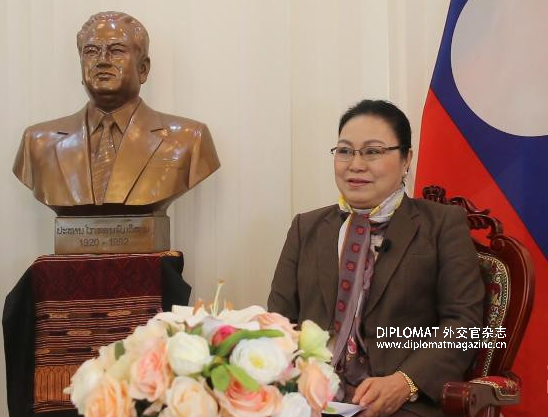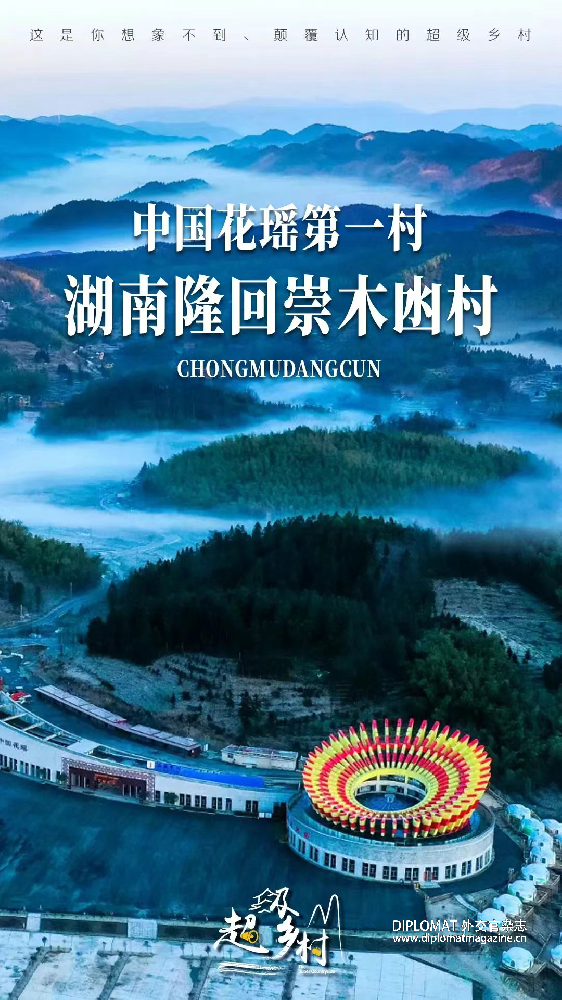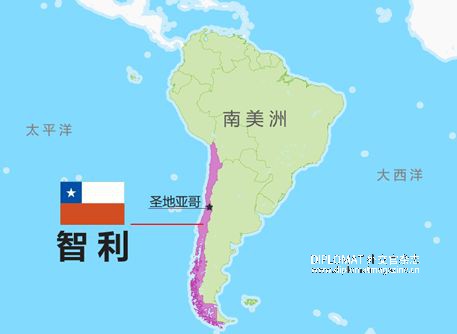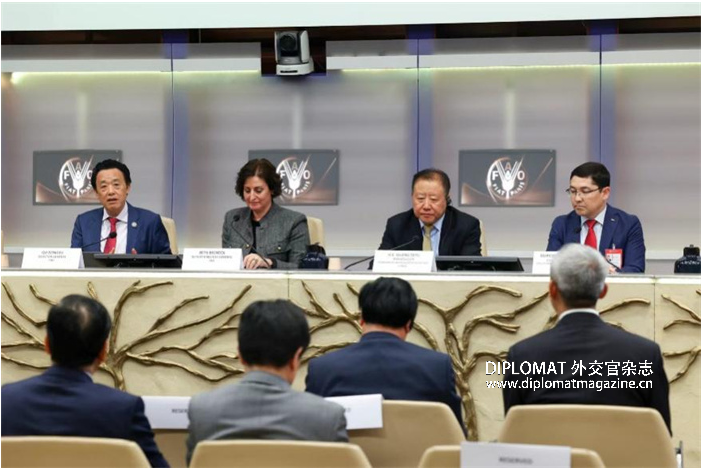导语:By:Sarvar Rakhmatullayev, a leading researcher at the Institute for Strategic and Interregional Studies under the President of the Republic of Uzbekistan
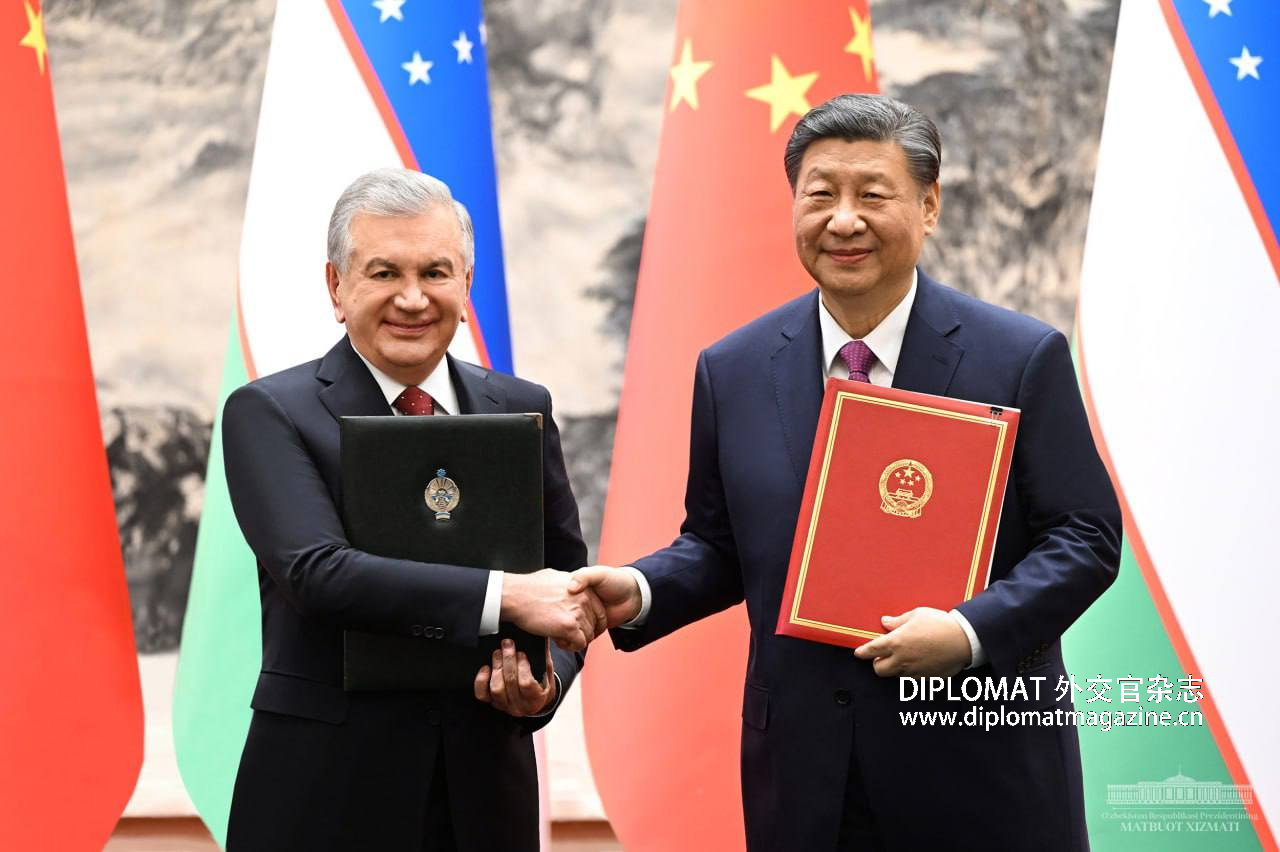
In the era of global climate challenges and energy transformation, international cooperation in the field of sustainable development is of particular importance. One of the most striking examples of such interaction is the strategic partnership between Uzbekistan and China in the field of the "green" economy. The two countries, united by a common vision of an environmentally sustainable future, demonstrate an exemplary model of interstate cooperation that can become a catalyst for the "green" transformation of the entire Central Asian region.
From traditional partnership to environmental agenda
In recent years, relations between Uzbekistan and China have seen a remarkable transformation, turning bilateral interaction into the epitome of successful interstate cooperation. Thanks to the active efforts of the leaders of the two countries, these relations have reached a new, higher level with the establishment of an all-weather comprehensive strategic partnership.
Economic indicators eloquently testify to the scale of the progress achieved. Trade turnover between the countries reached $12.5 billion by the end of 2024 , which was made possible by the establishment of the most favored nation regime in mutual trade. Investment cooperation demonstrates even more impressive dynamics: the total volume of Chinese investments in 2017-2024 amounted to $17.6 billion , while in 2023 alone $4.3 billion was spent, which means an increase of 95% .
A special milestone in bilateral relations was the state visit of the President of the Republic of Uzbekistan to China in January 2024, which resulted in the conclusion of 482 investment agreements worth a total of $53.3 billion . Today, there are more than 2,685 enterprises with Chinese investment in Uzbekistan , including technology giants such as Huawei , ZTE, as well as specialized companies in the field of energy and industry.
However, the most significant trend of recent years has been the transition from traditional forms of cooperation to the environmental agenda . Today, there is significant momentum in the interaction between Uzbekistan and China in the "green" energy sector, which implies cooperation in the use of technologies that promote environmental efficiency and sustainability, including innovative solutions and advanced technologies to achieve environmental goals.
China: Leading the Global Green Transformation
In recent years, the People's Republic of China has secured its status as an undisputed leader in the field of renewable energy and "green" technologies. Green development policy has become one of the priority tasks of the Chinese government, the main goal of which is to achieve carbon neutrality by 2060. It is based on the concept of the President of the People’s Republic of China Xi Jinping on the ecological civilization of China, aimed at balanced and sustainable development, harmonious coexistence of man and nature.
China’s achievements in renewable energy are astonishing in their scale. In the last decade, maximum wind power generation has increased sixfold, and solar power generation has increased more than 180-fold. These figures clearly demonstrate the pace of energy transformation that until recently seemed unachievable.
The 2024 statistics confirm China's leading position in the global transition to clean energy. The installed capacity of new renewable energy power generation facilities accounted for 86% of the total installed capacity of new generation facilities in the country. Thus, the total installed capacity of renewable energy generation reached a record high of 56% of the country's total installed capacity .
In 2024, the installed capacity of new renewable energy generating facilities in China was 373 million kW, up 23% year-on-year. By the end of the year , the total installed capacity of renewable energy generation reached 1.889 billion kW , with solar energy accounting for 887 million kW , wind energy - 521 million kW , and hydropower - 436 million kW .
Of particular significance is the fact that China accounts for more than 40% of the global annual growth in new renewable energy installations , making the country a key driver of the global transition to clean energy. Electricity production from renewable sources reached 3.46 trillion kWh in 2024 , an increase of 19% year-on-year , and the generation volume amounted to about 35% of the country's total electricity generation .
China's strategic climate policy goals are clearly structured around the "two carbon goals": peaking carbon emissions by 2030 and achieving carbon neutrality by 2060 .
The action plan to reduce carbon emissions for the period from 2022 to 2030 includes a transition to green and low-carbon energy, the promotion of environmentally friendly transport, and support for the implementation of innovative solutions in the field of green technologies.
Uzbekistan: Regional Driver of the Green Economy
In turn, the Republic of Uzbekistan in recent years has become one of the drivers consolidating regional cooperation in combating the effects of climate change, as well as promoting the transformation of Central Asia into one of the centers for the development of a "green" economy and "clean energy" . As noted by the President of Uzbekistan Shavkat Mirziyoyev , speaking on the sidelines of the Abu Dhabi Sustainable Development Week summit, said that the strategic goal of the New Uzbekistan is to ensure environmental sustainability and economic growth through the transition to a resource-saving, “green” development model .
In essence, "green development" has become a priority task of state policy , which is reflected in the development of a number of long-term conceptual documents. Among the most significant are: the Strategy for the transition of the Republic of Uzbekistan to a "green" economy until 2030, the Concept of environmental protection until 2030, the Strategy for the management of solid household waste until 2028 , as well as the Strategy for the conservation of biological diversity until 2028. In addition, the Climate Council is being created under the President of Uzbekistan - the highest advisory body to the head of state on issues of mitigation of the consequences of and adaptation to climate change.
Institutional reforms received a powerful impetus with the adoption in 2023 of a new version of the Constitution of the Republic of Uzbekistan, which for the first time enshrined the state's obligation to protect the environment and ensure environmental safety . This norm became the starting point for a comprehensive update of the regulatory framework and strategic planning in the field of sustainable development.
Of symbolic significance is the fact that 2025 in Uzbekistan was declared the Year of Environmental Protection and Green Economy , which is intended to ensure a systematic approach to addressing issues of adaptation to climate change and mobilize the efforts of the entire society.
Uzbekistan's practical achievements in the field of "green" transformation are impressive in their scale. Over the past 5 years, almost $20 billion of foreign investment has been attracted to the country's energy sector, and modern energy capacities of 9.6 GW have been commissioned . In particular, 14 solar and wind power plants with a capacity of 3.5 GW have been created, as well as 2 energy storage systems with a capacity of 300 MW .
The country's ambitious plans for the near future include increasing the share of renewable energy sources to 54% by 2030 and reducing greenhouse gas emissions by 35% . The share of "green" components in investment projects is expected to increase to 50% in the coming years , and national systems for monitoring greenhouse gas emissions and trading in emissions quotas will be introduced.
Today, there are more than 50 investment projects in the field of renewable energy in the country, worth a total of about $26 billion , aimed at producing at least 24 GW of green electricity . The installed capacity of renewable energy sources has already reached 9.6 GW , which indicates the growing technological maturity of the energy sector.
An important tool for supporting the transition to a low-carbon development model has become the National Green Financing Program , according to which it is expected to increase the share of environmentally friendly projects in the investment structure to 50% by 2030. In parallel , active work is being carried out to improve energy efficiency in industry and agriculture, innovative technologies are being introduced, and the practice of organic farming and drip irrigation is expanding.
Program " Yashil" " Macon " provides for the greening of at least 30% of urban areas , and plans to cover the entire agricultural sector with water-saving technologies. Attention is also paid to reforming urban transport: electric buses of Chinese manufacture have been introduced in Tashkent, and infrastructure for charging electric transport is being developed.
Parkent complexes Plaza , IT Park , Trilliant Business Park and residential area NUR.
Synergy of Success: Joint Projects and Prospects
The unification of the two countries’ potentials in the field of “green” development has led to the implementation of large-scale joint projects that not only transform the energy landscape of Uzbekistan, but also create a new model of international cooperation in the field of sustainable development.
In the context of the global trend towards transition to "green" development, the implementation of joint projects for the widespread introduction of renewable energy sources is a relevant area of Uzbek-Chinese cooperation . Strengthening this interaction undoubtedly contributes to increasing energy security and environmental sustainability of Uzbekistan, as well as more effective implementation of the Program for the transition to a "green" economy until 2030.
The historic agreements reached in May 2023 in the Chinese city of Xi'an marked a turning point in bilateral cooperation. An agreement was signed to build 11 solar and wind power plants with a total capacity of 4.8 GW worth $4.4 billion . These agreements are not just numbers in reports - they represent the foundation for the energy transformation of an entire region.
The results were not long in coming. In record time, construction work was completed on two large-scale projects in the Kashkadarya and Bukhara regions . The Chinese company China Gezhouba Group has completed the first phase of solar power plants, each worth $350 million, with a total capacity of 1,000 MW . These facilities, built as part of the Belt and Road energy initiatives, have created about 1,600 new jobs and reduced carbon emissions by 2.5 million tons per year .
China's chief engineer notes Energy Engineering Corporation on the project in Bukhara Yan Huajie : "The solar power plant in Bukhara is designed to generate 500 MW of electricity. More than 200 builders were invited from China to create the power plant, and 150 specialists to install the power grid ." At the first stage, the station is already generating 200 MW of electricity .
Vice President of China Energy Engineering Corporation Wu Yun emphasizes the strategic nature of the cooperation: "Our task is not only to generate electricity, but also to store it. Therefore, we regularly invest in the development of infrastructure. With these actions, our company intends to contribute to the transition of Uzbekistan to low-carbon energy . "
The key partners in the implementation of "green" projects are leading Chinese companies: China Energy Engineering Corporation , China Energy International Group , Dongfang Electric Corporation and China Gezhouba Group . Their participation provides not only financing, but also the transfer of advanced technologies, exchange of experience and the creation of a modern production base.
Particular attention is also paid to scientific and environmental cooperation. In May 2025, a historic meeting was held at the Ministry of Ecology of Uzbekistan, marking a new stage in the partnership with China in the field of environmental protection. A Memorandum of Understanding was signed between the Ministry of Ecology of Uzbekistan and the Xinjiang Institute of Ecology and Geography of the Chinese Academy of Sciences , which secured the intention to establish a Central Asian Research Center for Ecology and Environment based on Green University in Tashkent .
The new center will become a platform for joint scientific research, training of qualified specialists, exchange of modern technologies and promotion of the principles of "green" and sustainable development throughout Central Asia. It is planned to hold joint conferences, seminars, publish scientific papers, equip laboratories with the latest equipment, implement applied projects and develop human resources.
The parties also agreed on the practical application of the agreements reached, including the establishment of gardens using salinity-resistant halophytic plants in several regions of Uzbekistan, the supply of seeds for forestry needs, and the introduction of advanced digital pollution monitoring systems .
At the same time, the development of cooperation in the production of new generation cars - electric and hybrid - is of particular importance in Uzbek-Chinese cooperation . This area not only corresponds to the global agenda of sustainable development, but also opens up access to advanced technologies and large-scale investments for Uzbekistan.
In 2023, key agreements were signed with Chinese automakers EXEED and BYD Auto Industry , which laid the foundation for the creation of a modern industrial base in the republic in the field of "green" auto industry. Already in March 2023, official sales of BYD cars in Uzbekistan started, and today there are 16 official dealerships and service centers offering advanced service options.
Particular attention is paid to localization and adaptation of products to Uzbek conditions. The cars are equipped with a multimedia system with support for Uzbek and Russian languages, remote control via a mobile application, the use of Uzbek SIM cards, as well as voice control, including the development of a voice assistant in the Uzbek language.
The culmination was the launch of a new BYD electric vehicle assembly plant in the Jizzakh region, opened on June 27, 2024. The total cost of the project was $160 million , with a capacity of 50,000 cars per year . Over the year , $60 million in foreign direct investment was attracted , and 1,300 jobs were created . The plant is equipped with advanced equipment, including the only high-tech laboratory in the CIS.
Local production of components is also actively developing: about 60 items are already produced at seven enterprises in the republic . Eight BYD models adapted to the country's climatic conditions are presented on the domestic market. The process of accelerated localization opens up new prospects for the development of engineering and production competencies.
Plans for the creation of infrastructure are of strategic importance. According to the signed agreements, 70 centralized and 50 thousand decentralized electric charging stations will be built in Uzbekistan by 2033 , which will be an important step towards a sustainable transport system of the future.
Cooperation with BYD also includes training of local personnel. Together with the Jizzakh Polytechnic Institute and the Turin Polytechnic University, it is planned to create an engineering training center for training highly qualified specialists.
Thus, the strategic partnership between Uzbekistan and China in the field of “green” development represents a unique model of international cooperation, which demonstrates how countries with different economic systems and levels of development can effectively join forces to address global environmental challenges.
The success of this cooperation is based on several key factors: complementarity of economies, political will of the leadership of both countries, the presence of a long-term strategy and readiness for innovation . China brings advanced technologies, financial resources and rich experience in large-scale implementation of renewable energy sources to the partnership, while Uzbekistan provides favorable natural and climatic conditions, a dynamically developing economy and a strategically important geographic location.
The results of this joint work are already impressive: thousands of megawatts of “clean” energy, millions of tons of avoided CO2 emissions, thousands of new jobs and billions of dollars in investments . However, the main significance of this partnership is its potential to serve as a catalyst for the “green” transformation of the entire Central Asian region.
As both countries implement their ambitious plans – China to achieve carbon neutrality by 2060 and Uzbekistan to increase its share of renewable energy to 54% by 2030 – our cooperation will only deepen and expand. The creation of joint research centers, the exchange of students and specialists, the development of “green” financing and digital monitoring technologies create a solid foundation for a long-term partnership.
Ultimately, Uzbek-Chinese cooperation in the field of “green” development does not simply contribute to the achievement of the climate goals of the two countries – it forms a new paradigm of international relations based on mutual benefit, technological innovation, and shared responsibility for the future of the planet. This model can and should become a source of inspiration for other countries and regions striving for sustainable development in the 21st century.
By:Sarvar Rakhmatullayev, a leading researcher at the Institute for Strategic and Interregional Studies under the President of the Republic of Uzbekistan



